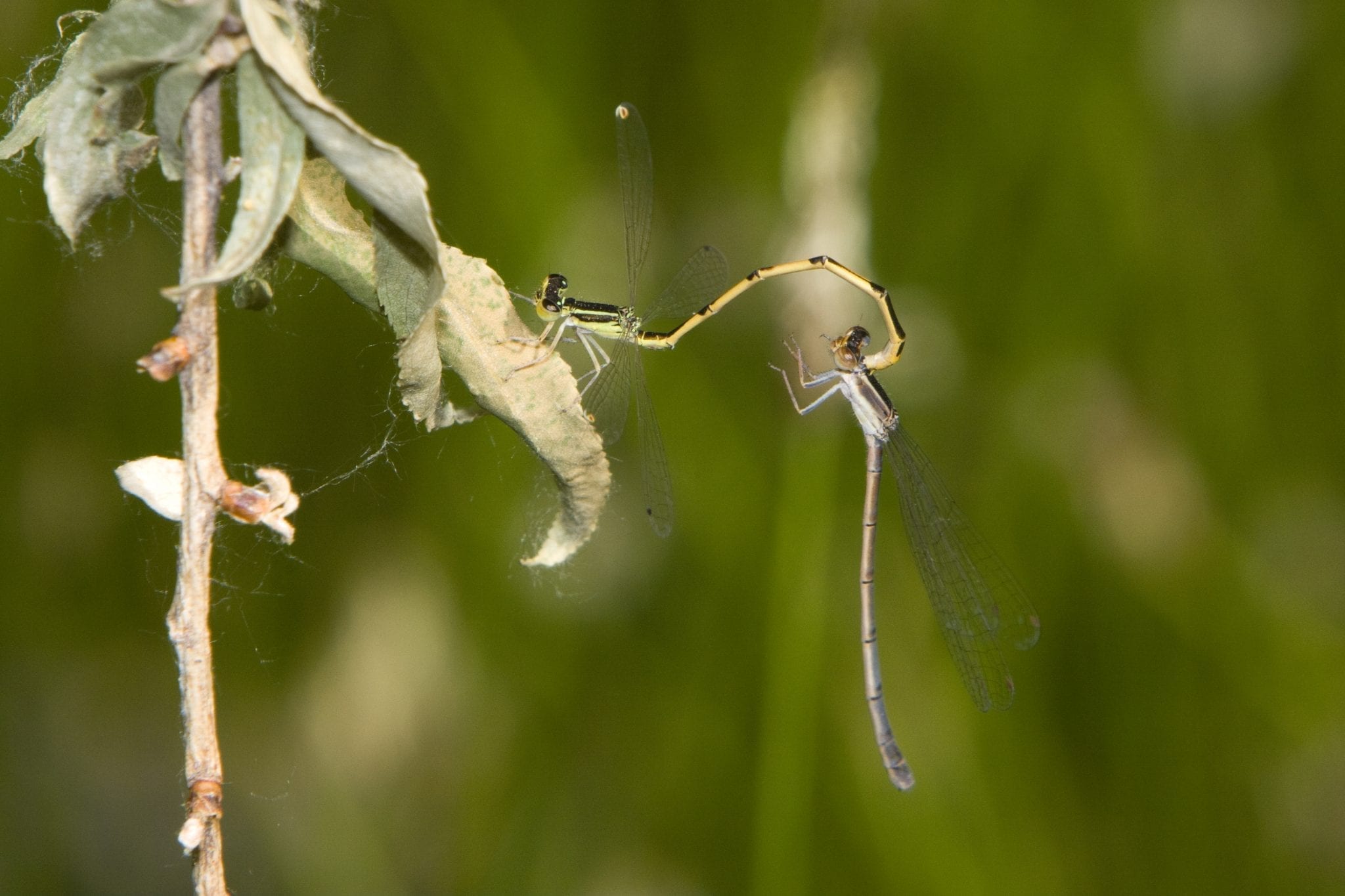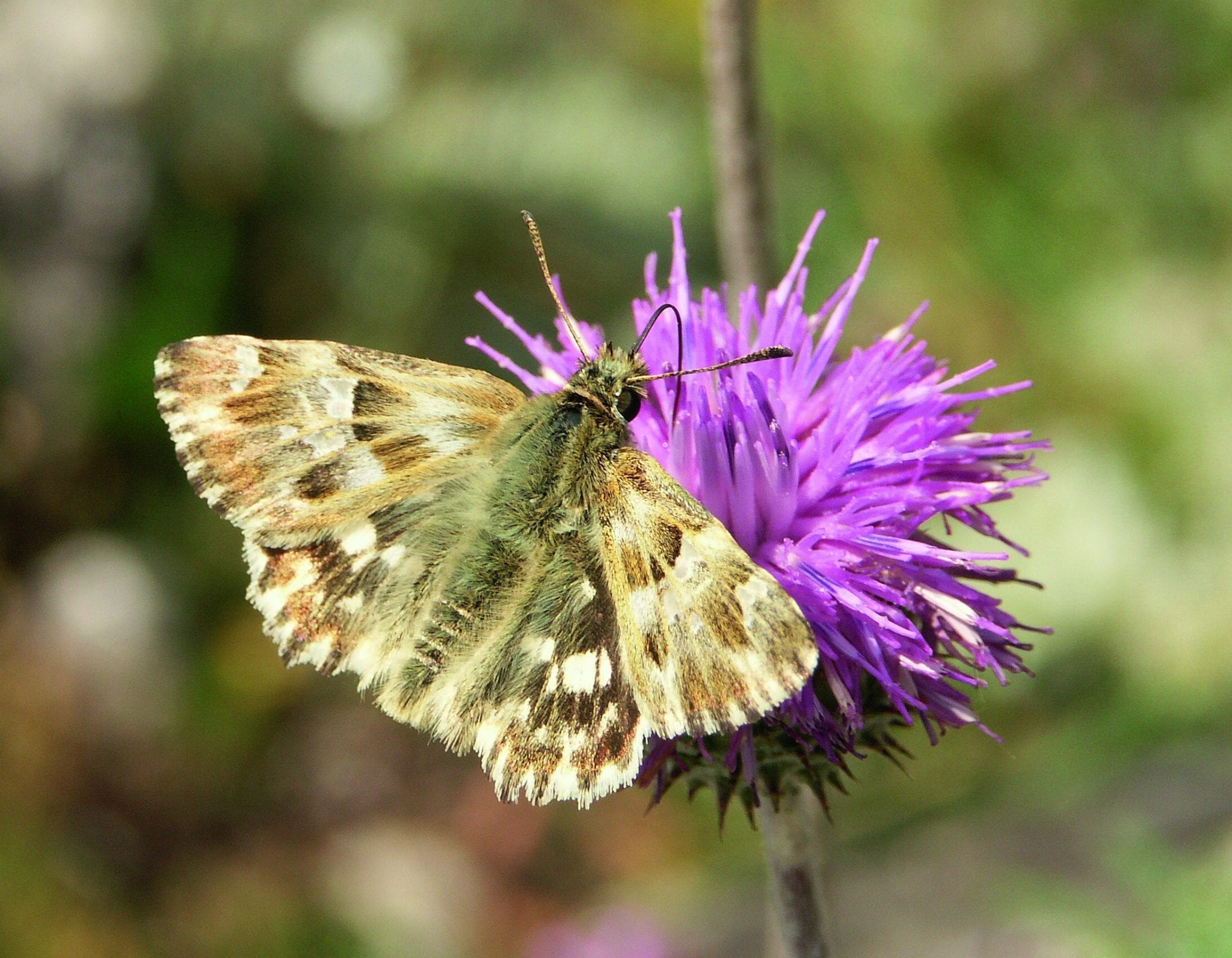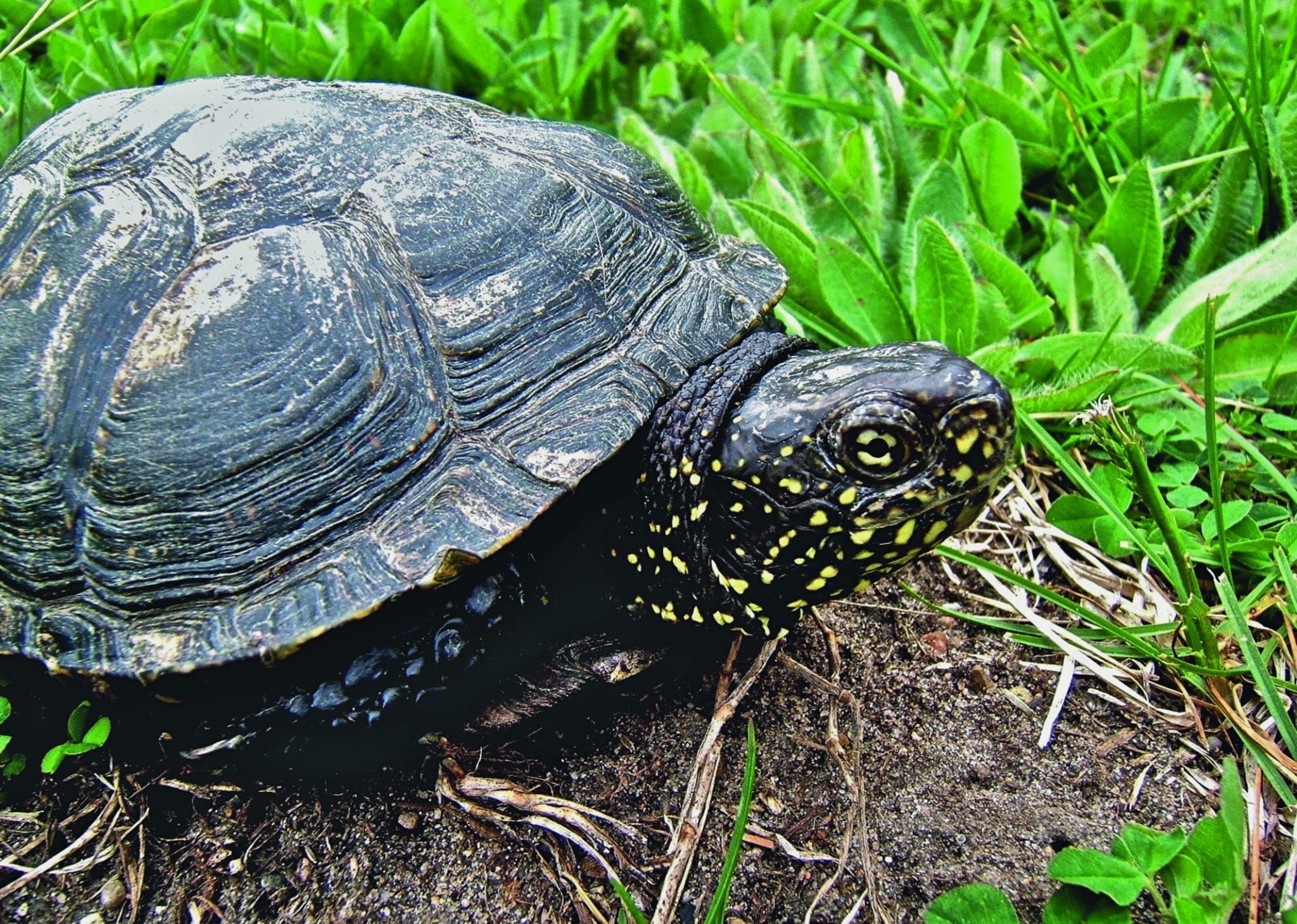Throughout 2014, the international conservation community celebrated the 50th anniversary of the IUCN Red List of Threatened Species and its significant contribution to guiding global preservation action. The Red List is now the world’s most comprehensive information source on the global conservation status of animal, fungi and plant species.
European Red Lists have been completed for more than 6,000 species, including mammals, reptiles, amphibians, dragonflies, saproxylic beetles, butterflies, freshwater molluscs, freshwater fishes and vascular plants. The assessments of all bees, marine fishes, birds and of the most important medicinal plants will be completed at the beginning of 2015, which will bring the number of species assessed to 10,000.
Over the years, the European Red List has become a powerful tool to inform political leaders on biodiversity conservation and the protection of Europe’s natural resources. It is an instrument to measure progress towards achieving the EU 2020 Biodiversity Strategy and the Strategic Plan of the Convention on Biological Diversity as well as to guide the allocation of financial resources and support priority setting for conservation actions.





















